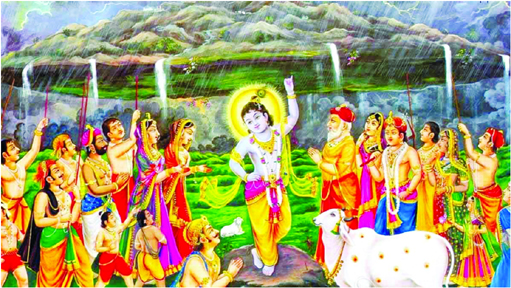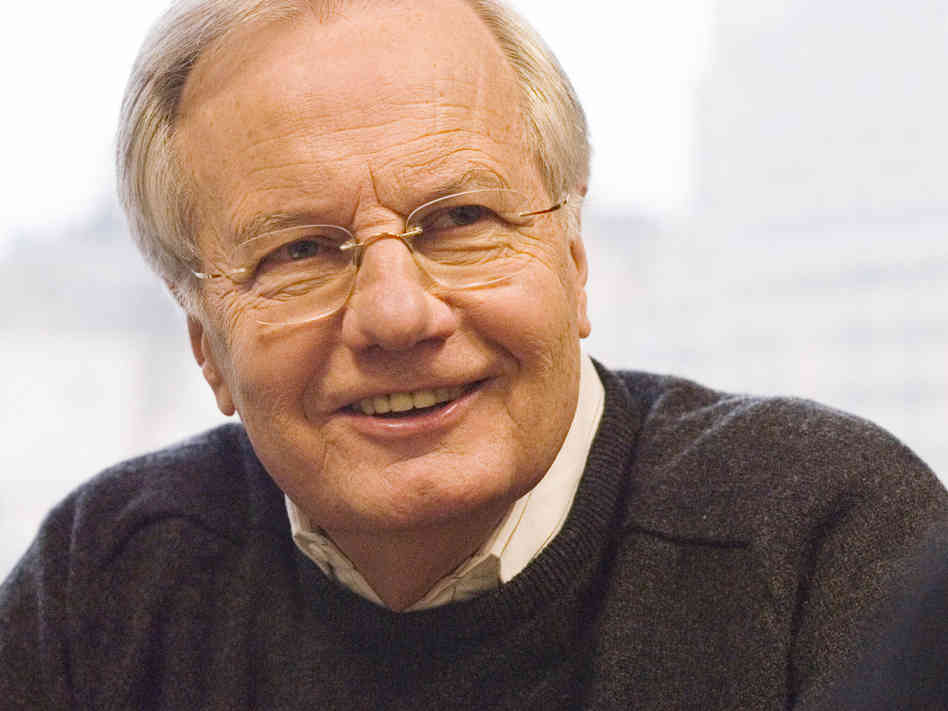
The day following Diwali or the fourth day of the Diwali celebrations is known by the names of ‘Padwa’ or ‘Varsha Pratipada’, & ‘Govardhan Puja’.
These two festivals are celebrated differently in the diverse geographical parts of the country. While the festival of Padwa is celebrated in order to celebrate the coronation of King Vikramaditya, the festival of Govardhan Puja is celebrated for commemorating the incidence of lifting of Mount Govardhan by Lord Krishna.
Both the festivals ‘Padwa & Govardhan Puja are celebrated with much fervor in different parts of the country. While Padwa is celebrated in parts like Maharashtra and the western states of India, Govardhan Puja is mainly associated with the Northern parts of the country.
Padwa
The fourth day of diwali celebrations or the day following the ‘Amavasya’ is ‘Kartik Shuddh Padwa’, which is also the day when the King Bali would come out of the ‘Patal Lok’, the Nether Land and rule the ‘Bhoo Lok’, the world as per the boon given to him by ‘Batu Waman’, Lord Vishnu. Since then this day came to be celebrated as Padwa in order to honor and welcome the King Bali. Therefore this day is also known as ‘Bali Padyami’.
Gudi Padwa
The day of Gudi Padwa has special significance for the Hindu families. There is a custom in which on this holy day the wife applies the ‘Tilak’ on the forehead of her husband, garlands him, performs his ‘Aarti’ and also prays for his long life. Then the husband gives her a gift in appreciation of all the tender care that his wife showers on him. Thus the Gudi Padwa is festival of celebrations and respect of love and devotion between the wife and the husband. People invite their newly married daughters with their husbands on this day of Gudi Padwa for special meals and give them gifts.
Legends of Govardhan Puja
There are several popular legendary stories to explain the foundation of Govardhan Puja celebration.
Lord Krishna lifts the Govardhana Hill
‘Govardhan’ is a small hillock in Braj, near Mathura and on this day of Diwali people of Punjab, Haryana, Uttar Pradesh and Bihar build cow dung, hillocks, decorate them with flowers and then worship them. This festival is in commemoration of the lifting of Mount Govardhan by Krishna.
As per Vishnu Puran the people of Gokul used to worship and offer prayer to Lord Indra for the rains because they believed that it was he who sent rains for their welfare but Lord Krishna told them that it was Mount Govardhan (Govardhan Parvat) and not Lord Indra who caused rains therefore they should worship the former and not the latter. People did the same and it made Lord Indra so furious that the people of Gokul had to face very heavy rains as a result of his anger. People were afraid that the downpour was a result of their neglect of Indra. But Krishna assured them that no harm would befall them. Then Lord Krishna came forward to ensure their security and after performing worship and offering prayers to Mount Govardhan lifted it as an umbrella on the little finger of his right hand so that everyone (men and beasts ) could take shelter under it. After this event Lord Krishna was also known as Giridhari or Govardhandhari. After this, Indra accepted the supremacy of Krishna. Govardhan Puja is also called Anna-Koot.
Anna-Koot
This day is also observed as ‘Anna-Koot’, which means mountain of food. Pious people keep awake the whole night and cook 56 or 108 different types of food for the Bhog (the offering of food) to Krishna. In temples especially in Mathura and Nathadwara, the deities are given milkbath, dressed in shining attires with ornaments of dazzling diamonds, pearls, rubies and other precious stones. After the prayers and traditional worship innumerable varieties of delicious sweets are ceremoniously raised in the form of a mountain before the deities as “Bhog” and then the devotees approach the Mountain of Food and take Prasad from it.
Significance
This ceremony has great significance in the Hindu religion. On this day, devotees worship the cow, Govardhan Parvat, and Lord Shri Krishna. Govardhan Puja is a festival that honours Lord Krishna and shows respect and adoration for Mother Nature. Worshipers are said to receive Lord Krishna’s blessings on this day if they worship the Govardhan hill and his favoured cows.
Hindu legend states that on this day, Lord Krishna raised the Govardhan Parvat upon his little finger to avert the wrath of Lord Indra, the Rain God, on the inhabitants of Vrindavan. With tremendous fervour, people started to worship Govardhan Parvat, and Lord Krishna was given the titles “Govardhandhari” and “Girirdhari.”





Be the first to comment